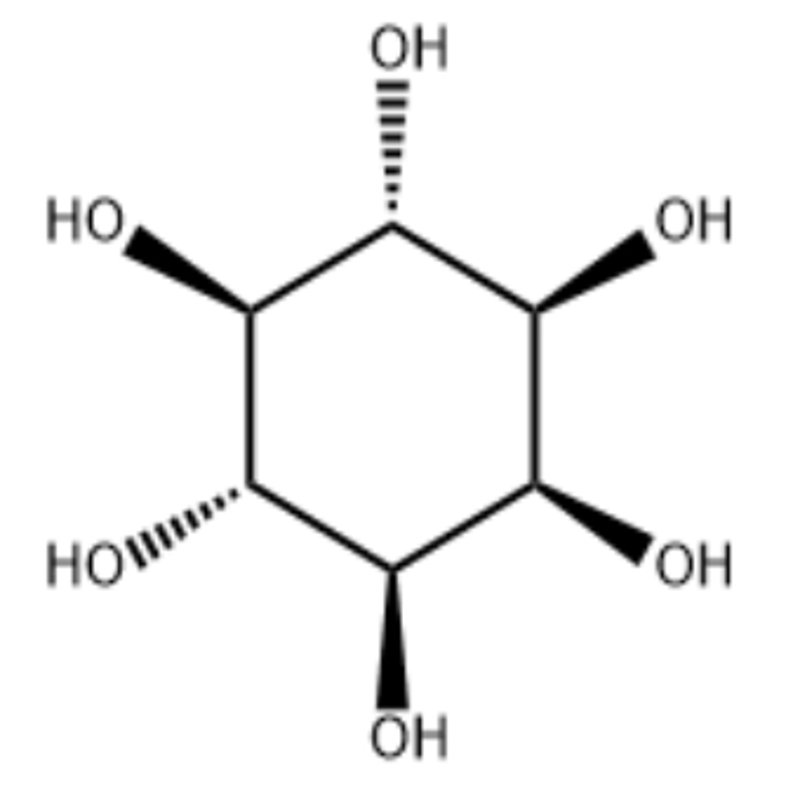-
Categories
-
Pharmaceutical Intermediates
-
Active Pharmaceutical Ingredients
-
Food Additives
- Industrial Coatings
- Agrochemicals
- Dyes and Pigments
- Surfactant
- Flavors and Fragrances
- Chemical Reagents
- Catalyst and Auxiliary
- Natural Products
- Inorganic Chemistry
-
Organic Chemistry
-
Biochemical Engineering
- Analytical Chemistry
-
Cosmetic Ingredient
- Water Treatment Chemical
-
Pharmaceutical Intermediates
Promotion
ECHEMI Mall
Wholesale
Weekly Price
Exhibition
News
-
Trade Service
Obesity is an important factor in reducing life expectancy, as well as an important risk factor for chronic diseases such as diabetes and hypertension.
, weight loss is undoubtedly the basis for the treatment of various metabolic diseases.
recent research shows that bariatric surgery can reduce the long-term relative risk of death in obese people, but the mortality rate of obese people is still higher than the general population.
recently, follow-up analysis data from a randomized controlled trial showed that weight loss surgery was more effective in long-term control of type 2 diabetes (T2DM) than traditional medical treatment, with 37.5 percent of patients undergoing surgery maintaining HbA1c until 7.0 percent after 10 years.
study was published in the Lancet.
means there is hope for a cure for type 2 diabetes, which is thought to require lifelong medication.
, however, while the need to treat obesity is urgent, the development of obesity therapies is difficult, and weight-loss treatments currently approved by regulators have strong side effects and cannot be used for long periods of time.
and bariatric surgery is invasive, and their efficacy may eventually be reversed.
, more research will focus on weight-loss drugs.
recently, the results of Phase 3 clinical trials to treat obese patients with the glutatroglytin-like peptide-1 (GLP-1) subject, developed by Novo Nordisk, were announced.
results were published in the latest New England Journal of Medicine (NEJM).
In the double-blind trial, the researchers recruited 1,961 adults with a body mass index (BMI) of ≥30 without diabetes and randomly assigned a 68-week weekly subsurgery dose of Somarut (dose 2.4 mg) or placebo, with lifestyle interventions in both groups.
the study was a percentage change in body weight that reduced live weight by at least 5 percent.
results showed that after 68 weeks of follow-up, the average change in body weight in the Somarut group was -14.9%, compared with -2.4% in the placebo group, and -12.4% in the two groups (95% CI, -13.4-11.5; P-lt;0.001).
in week 68 compared to the placebo group.
more participants in the Somarut group achieved a weight loss of ≥5% (1047 participants (86.4%) vs 182 (31.5 per cent)), ≥10% (838) named (69.1 per cent) vs 69 (12.0 per cent)), or ≥15 per cent (612 (50.5 per cent) vs 28 (4.9 per cent).
, in the Somaglutide group, more than half of the patients lost more than 15 percent of their body weight and nearly a third lost more than 20 percent.
this is the first time in history that approved weight-loss drugs have not reached the level.
In addition, an exploratory analysis of these patient data showed that 84.1% of participants in the Somaglutide group met normal levels of hemoglobin glycation (A1C) after 68 weeks of treatment, compared with 47.8% of participants in the control group.
further analysis showed that after follow-up, the weight change in the Somarut group was -15.3 kg, while the placebo group was -2.6 kg (estimated treatment difference was -12.7 kg; 95% CI, -13.7-11.7).
participants in the Somarut group had a greater improvement in heart metabolic risk factors than those who received a placebo, while those who self-reported had a greater improvement in physical function than those who received a placebo.
, the study shows that Somarut has new hope for obese patients.
is understood to have filed a regulatory application with the FDA using priority vouchers to treat obese patients with somalutide, and is expected to receive a response this summer.
reference: Wilding et al., (2021). Once-Weekly Semaglutide in Adults with Overweight or Obesity. The New England Journal of Medicine, DOI: 10.1056/NEJMoa2032183.MedSci Original Source: MedSci Original Copyright Notice: All text, images and audio and video materials on this website that indicate "Source: Metz Medicine" or "Source: MedSci Original" are owned by Mets Medical and are not authorized to reproduce, and any media, website or individual must indicate "Source: Mays Medicine" upon unauthorized reprint.
all reprinted articles on this website are for the purpose of transmitting more information and clearly indicate the source and author, and media or individuals who do not wish to be reproduced may contact us and we will delete them immediately.
at the same time reproduced content does not represent the position of this site.
leave a message here







